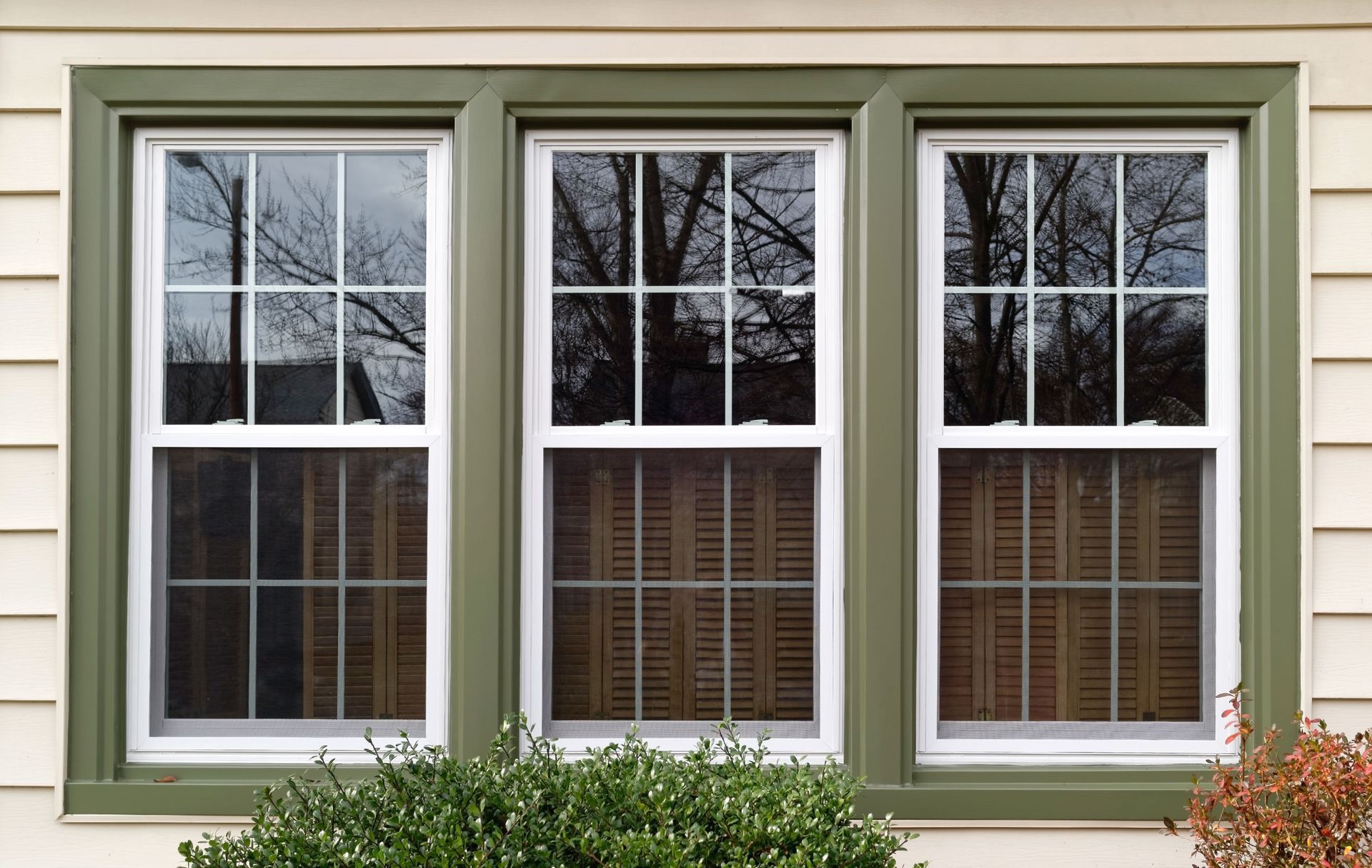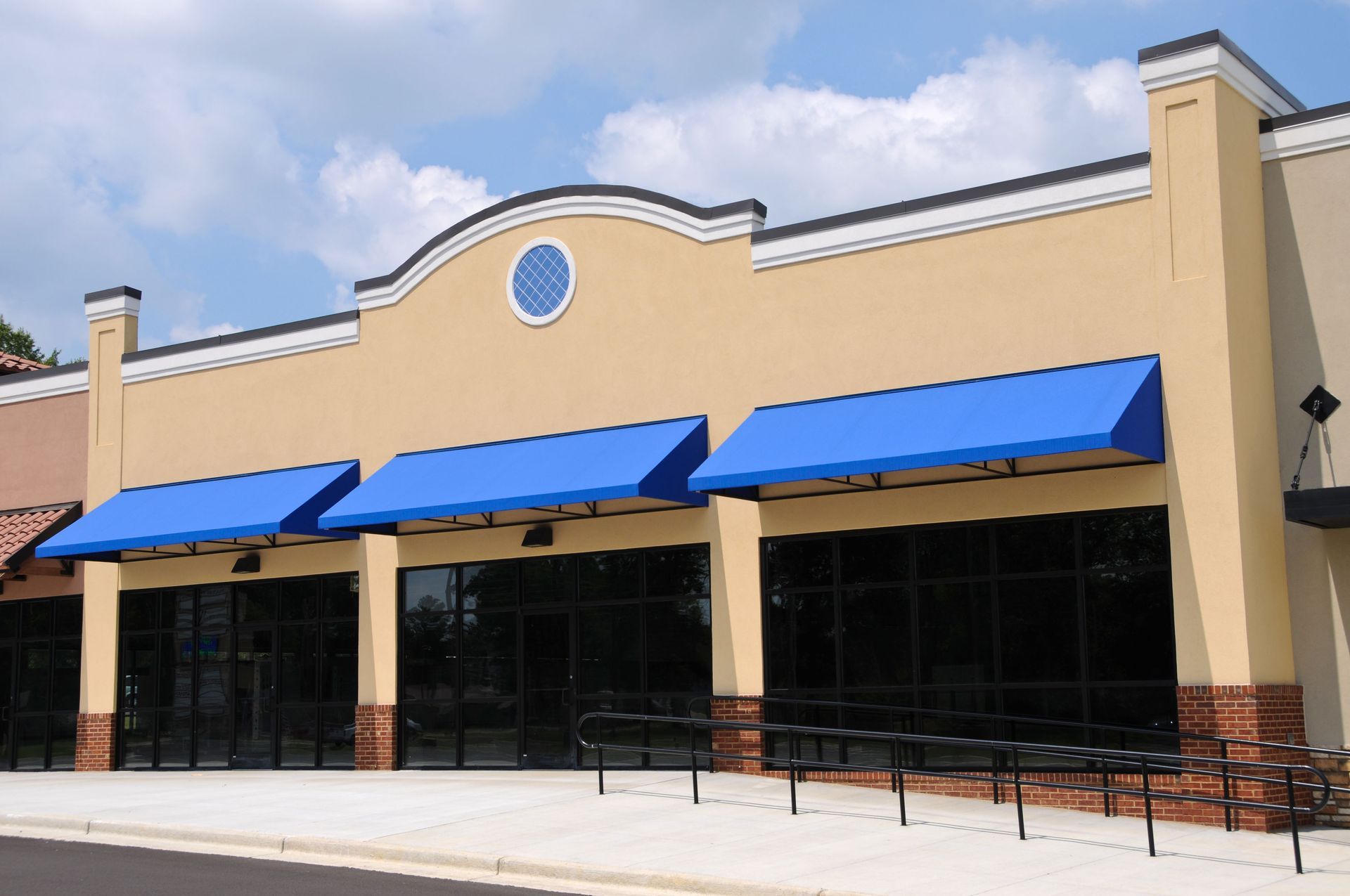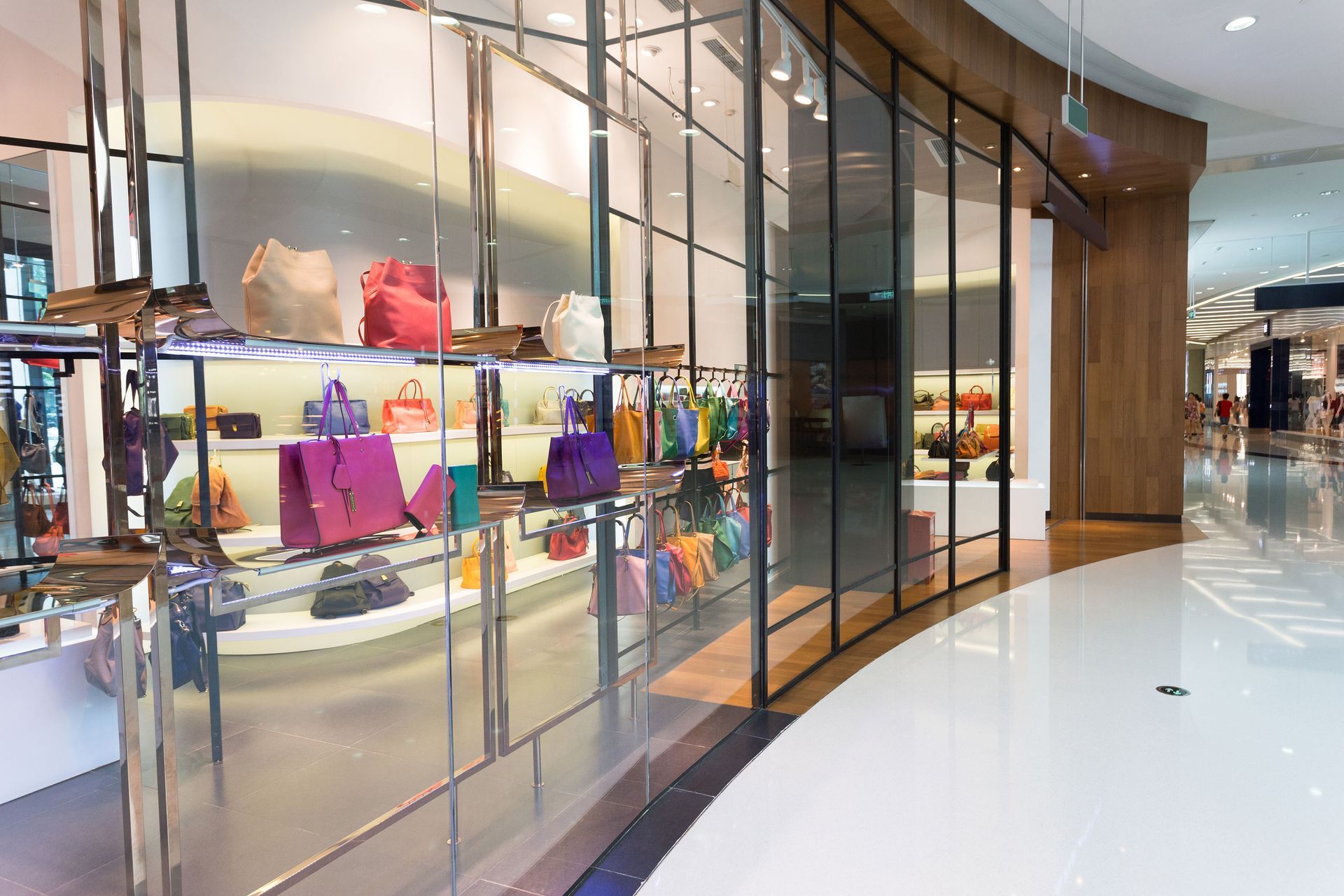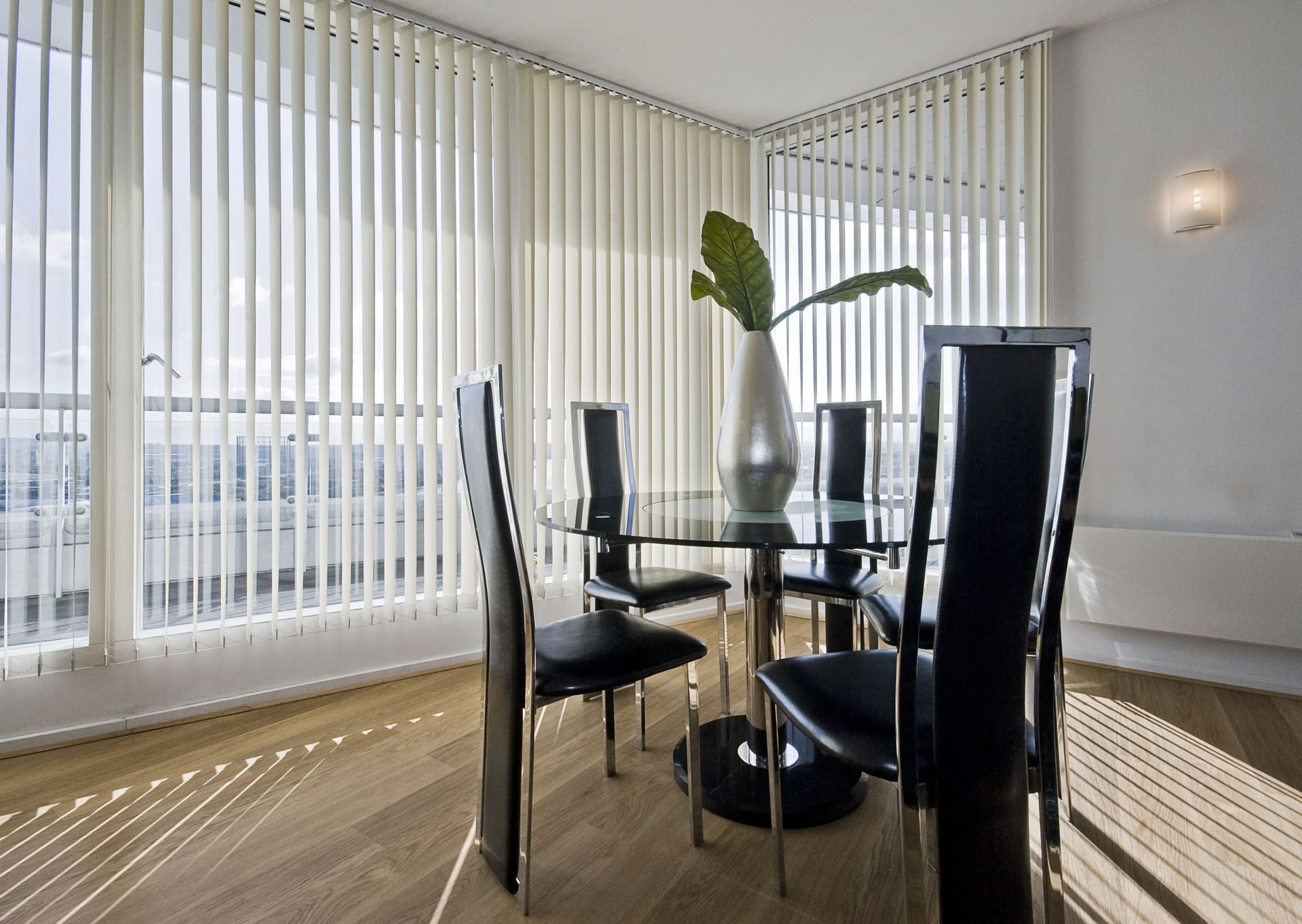The storefront of a commercial or retail building serves a number of functions. Shopping for your business's storefront glass comes with considerations such as quality, aesthetics, and safety. Here are the three most common types of storefront glass to consider for your business.
1. Annealed Glass
Annealed glass has undergone the annealing process, which involves heating the glass above its annealing point of 600 degrees, then cooling it down at a slow and controlled rate. In contrast to tempered or laminated safety glass, annealed glass shatters into razor-sharp glass fragments, which can cause catastrophic damage if fitted incorrectly. This is why you should only work with professional glass installers for the job.
2. Tempered Glass
Tempered glass is often known as toughened glass. This plate glass undergoes a unique heating and cooling treatment that involves heating the glass to 1110 degrees before cooling it on the outer surface. The strength of tempered glass comes from the cooling pattern's effect on the exterior surfaces, which contract faster than the core. According to Tech25, tempered glass is roughly four times stronger than regular glass. Because of this, businesses choose to go this route for extra protection.
Tempered glass is categorized as safety glass because of its unique shattering mechanism that shields users from injury. If a situation that requires one to escape or be rescued arises, you can break tempered glass quickly and safely. This type of glass is typically manufactured from ultra-clear, low-iron glass and is a popular pick for high-end retailer display cases and storefront glass. The duration of the tempering process depends on how busy the tempering facilities are, but it usually takes six to ten working days.
3. Laminated Glass
Laminated glass is also considered safety glass. It stays intact after breaking, rather than shattering like tempered glass. Laminated glass is like a sandwich. It features two sides of glass that sandwich vinyl, either ethylene-vinyl acetate (EVA) or polyvinyl butyral (PVB). The laminated piece can be made from tempered or annealed glass.
Laminated glass is an excellent option when break-in security is a top priority since it maintains its integrity when blunt force is applied. Display cases, windows, and storefront doors are common places where laminated glass is used. By law, all windshields must be made of laminated glass to prevent flying glass from projecting into the car if anything hits the windshield.
While there are many other types of glass configurations in the market, these are the most commonly used in storefronts. To help with deciding which type of glass is best for your business, contact the glass professionals at C & L Aluminum and Glass, Inc today.






Share On: